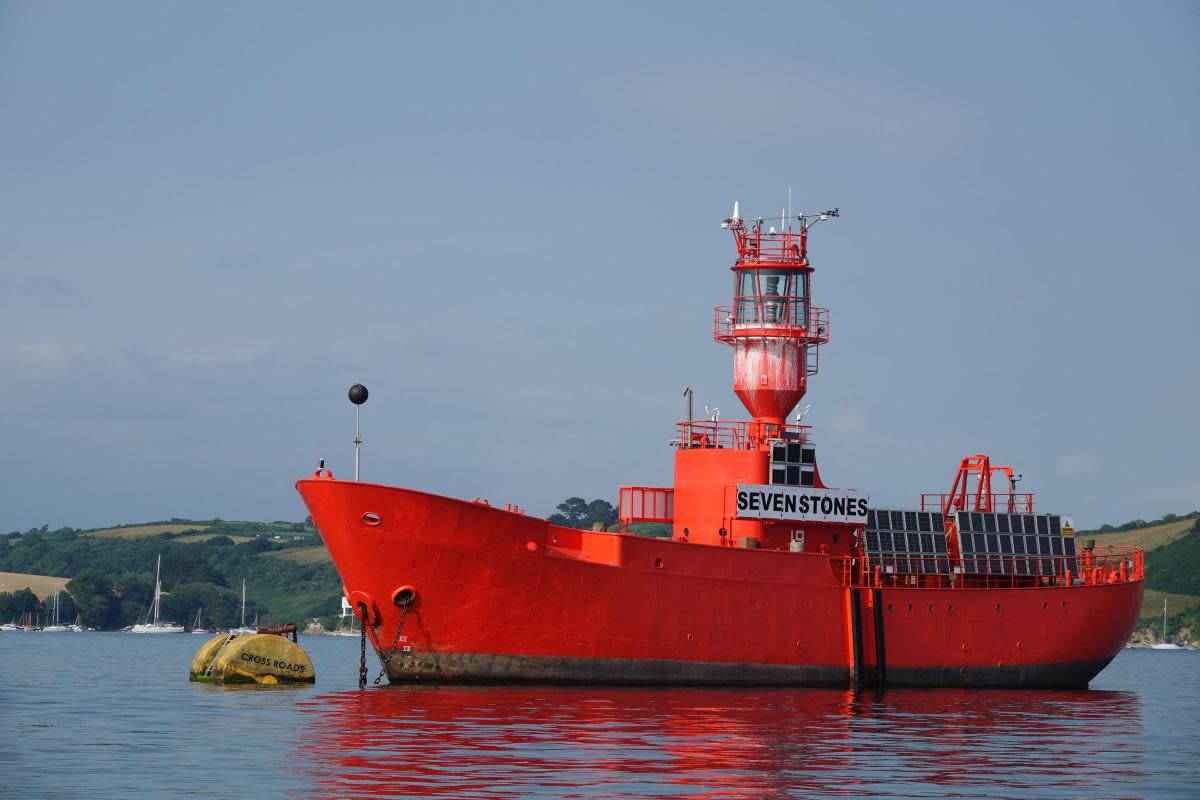Light vessel now in Falmouth played part in trying to avert historic disaster

The Trinity House light vessel LV 19 remains moored to the Crossroads buoy in Falmouth awaiting a tender to moor the vessel to its designated position near the Seven Stones reef off Land's End.
The Trinity House buoy tender Patricia is docked in Swansea and Galatea at Harwich.
LV19, built by Philip and Son of Dartmouth was launched in 1958. On March 18, 1967, the crew of the light vessel witnessed the supertanker 'Torrey Canyon' heading for the Seven Stones Reef of Rocks.
The crew of LV 19 fired warning rockets and signalled the tanker by Aldis lamp but to no avail as the tanker hit the Pollard Rock, the largest in the group of rocks, spilling its 120,000 tons cargo of crude oil into the sea.
READ NEXT: Reprieve for iconic boat which became drink and drugs haven
This was a major disaster for Cornwall. A decision was made to bomb the tanker. In order to carry out this operation LV 19 was taken to Penzance as a matter of safety.
The Seven Stones lightvessel was automated in 1987 when the crew were removed. The light vessel also operates as an automatic weather station.
LV 19 had the Seven Stones rocks as her first station. She is 133 ft (41 m) long and 26 ft (8 m) wide, with a gross tonnage of 390 and cost £118,854. The first light vessel marking on the Seven Stones Reef was established in 1841.
Trinity House Planning Centre in Harwich with radio telemetry can monitor and control the lights, fog signals, RACONs, AIS (when operational), engine (where applicable), position monitoring, collision/bilge indications and battery voltages.
All light vessels report to the Planning Centre every 12 hours or whenever there is a change of state at the station. The Planning Centre can also request an update from the station.

 Yahoo News
Yahoo News 
